Monterey Bay Aquarium
A Kelp Forest icon and a place I had aspired to visit and better yet dive in was the famous Monterey Bay of North California. Considering I was already on this side of the world and so close, I reached out for some help through the support of OWUSS network. I was incredibly lucky to be put in contact with James Bonovich and Scott Chapman, two of the Diving Officers at Monterey Bay Aquarium.
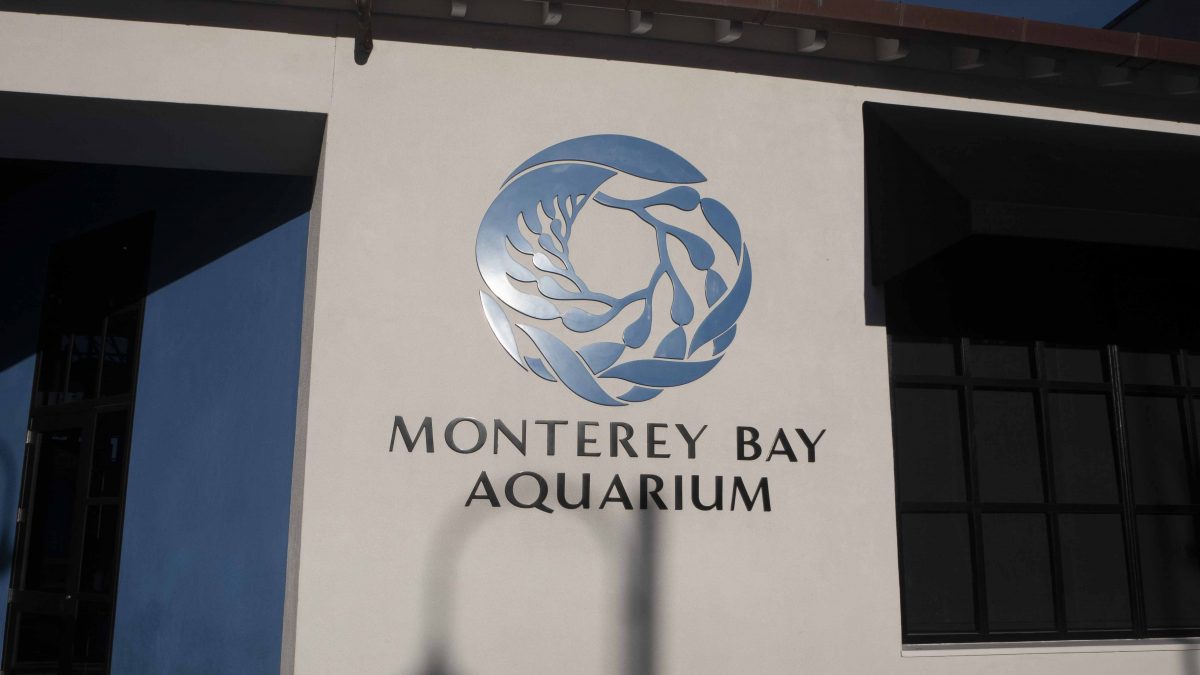
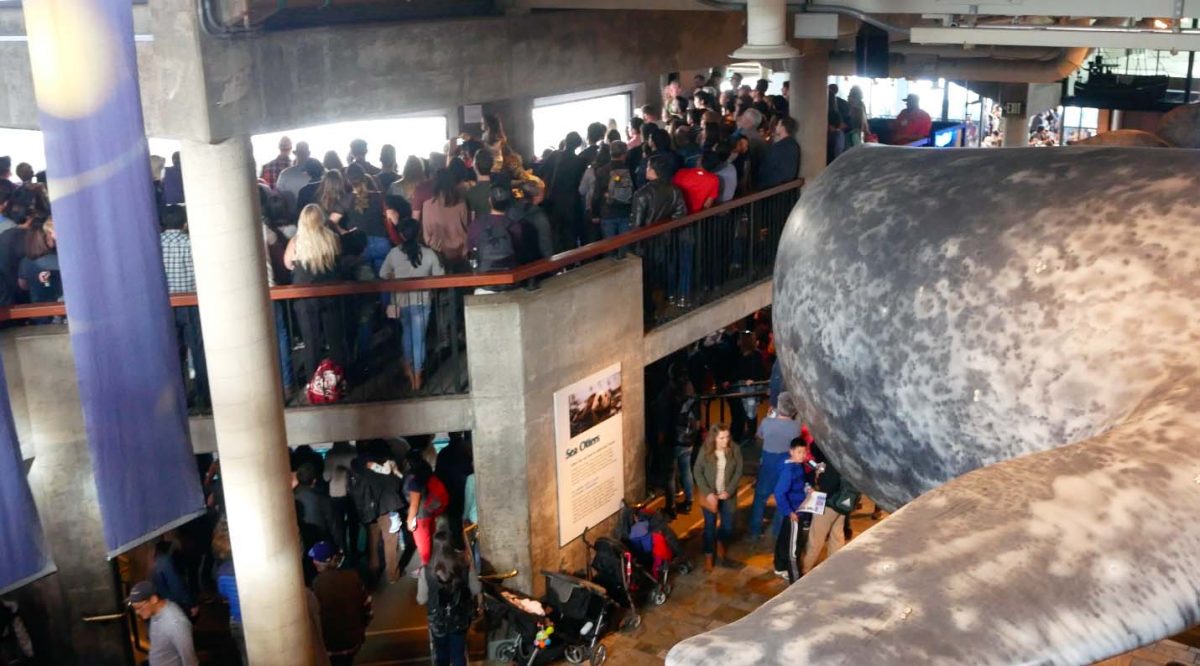
The site of the aquarium was once a sardine cannery, but now exhibits over 550 different species to the public, bringing up a taste of what lies beneath the surface. Here I would get a behind the scenes tour of the incredible institute that is Monterey Bay Aquarium, and learn more about the science, research, conservation, education, and diving that happens daily.
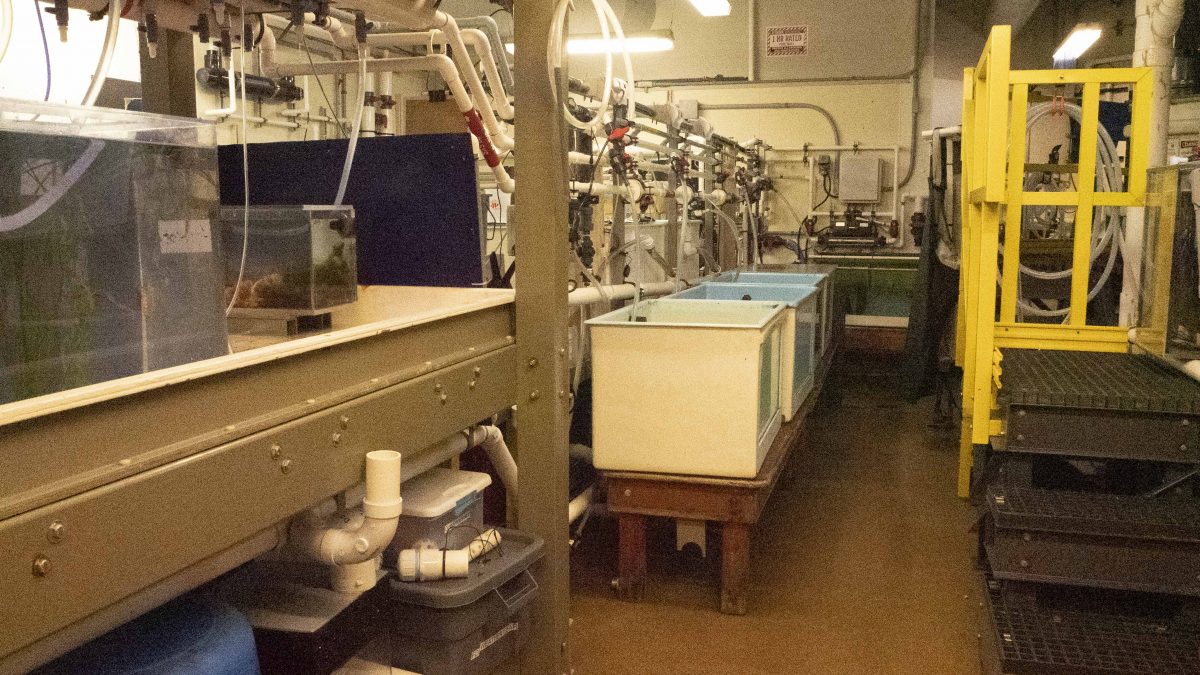
Monterey Bay Aquarium has pioneered the way in many respects, but of note is their animal husbandry of jellyfish and being the first aquarium in the world to successfully care and display Great White Sharks.
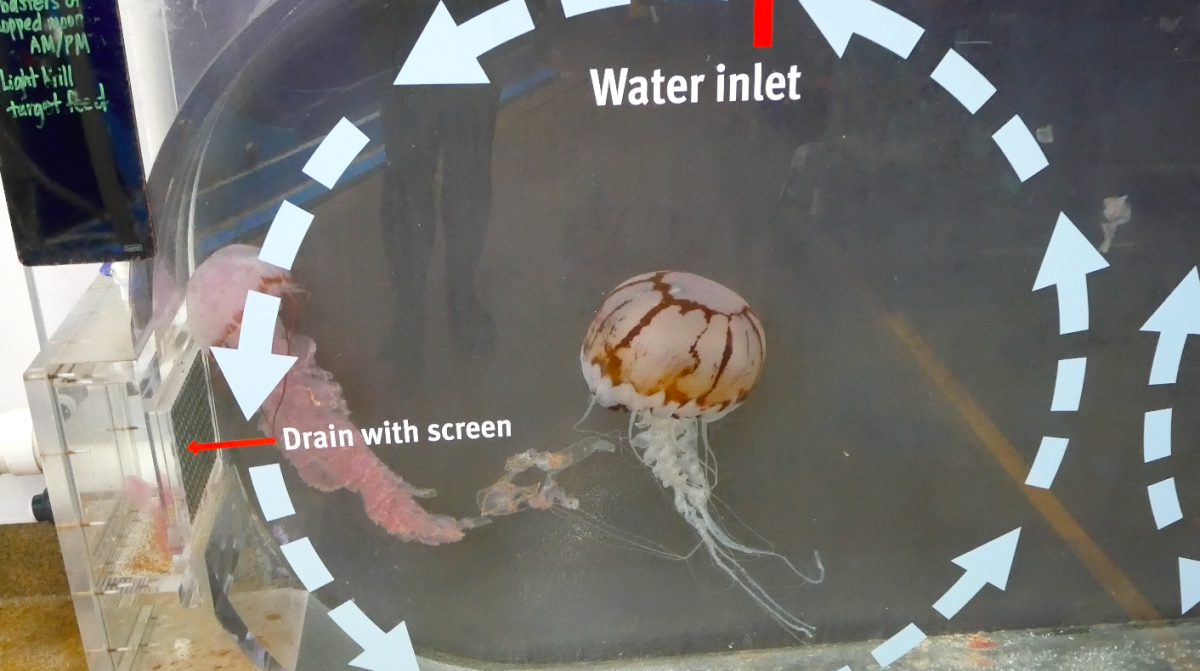
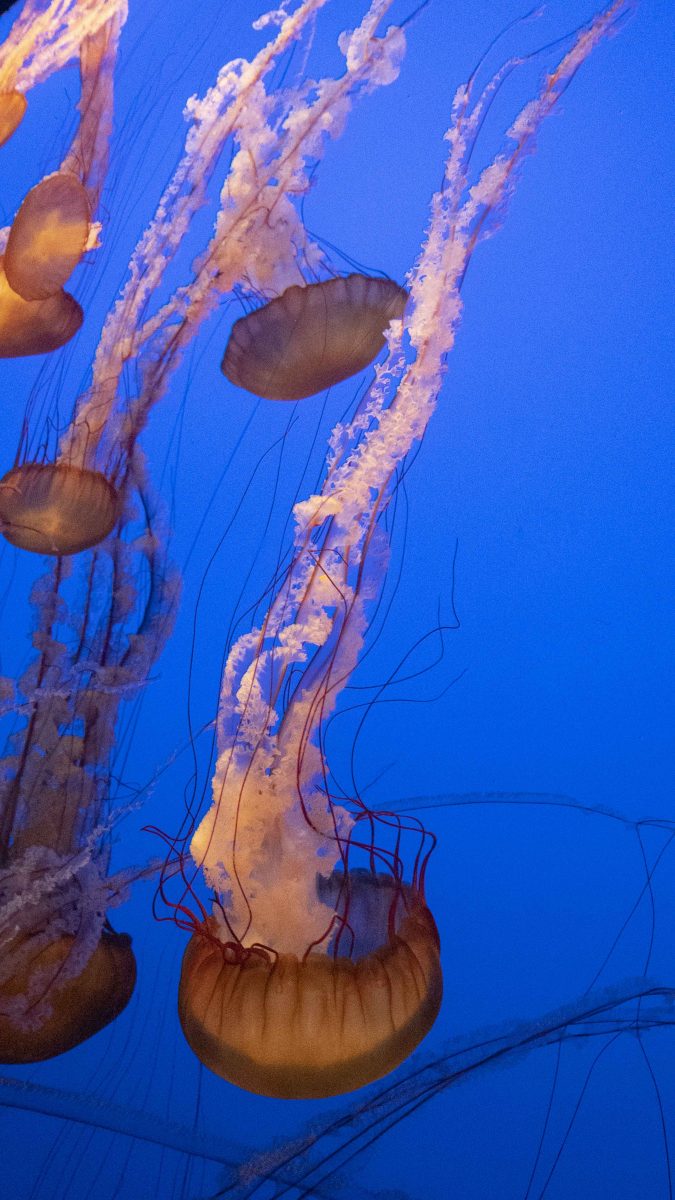
I have always loved jumping into the ocean and viewing animals and the ecosystem in its natural form, but not everyone has the opportunity to do this. For institutes like Monterey Bay Aquarium to exists that provides such an incredible opportunity for the average person to really experience the underwater world like you can, as well as undertake research and provide amazing educational messages from conservation through to Climate Change action, definitely makes them world leaders in what they do.
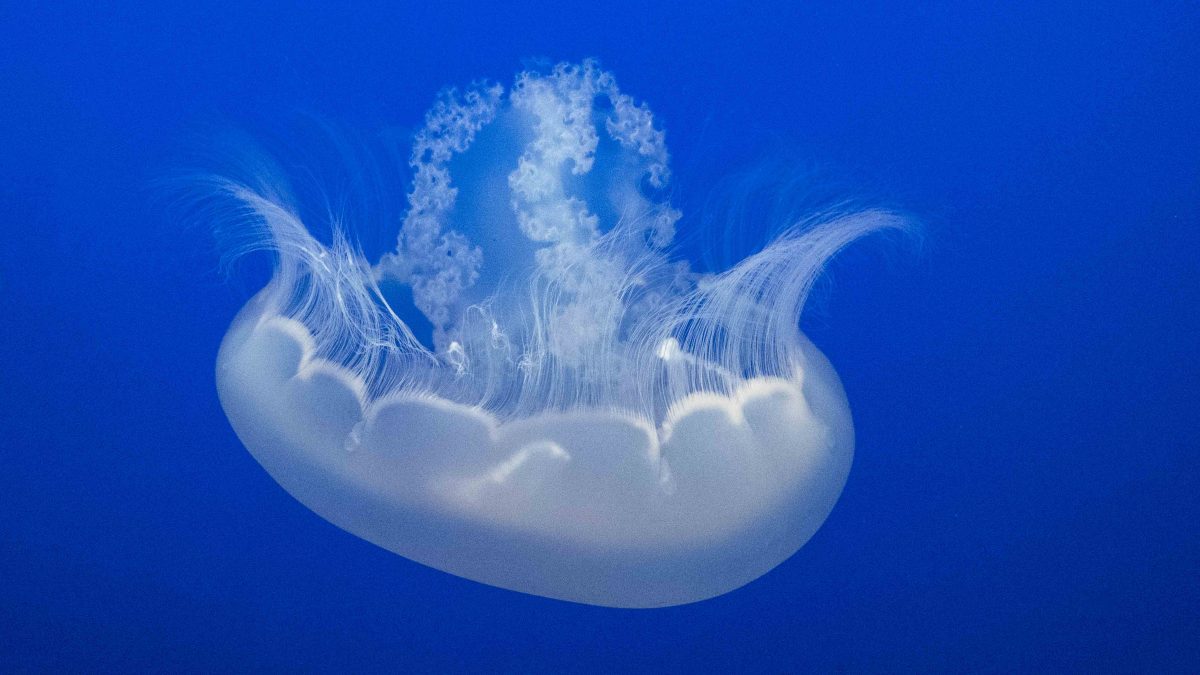
Incredibly, Monterey Bay Aquarium was the first aquarium in the world to successfully exhibit live Giant Kelp (Macrocystis pyrifera) when it first opened in 1984. Through a specialised mechanical system designed by engineers to mimic wave action in the ocean, the kelp is able to thrive in this exhibit and allow anyone to experience a taste of a kelp forest ecosystem. I was particularly interested in this exhibit, but also the research that takes place and the science communication, plus educational outreach that the aquarium provides to the public. Standing nearly three stories high, this incredible display gives the general public an understanding of what it is like to be amongst a giant kelp forest.
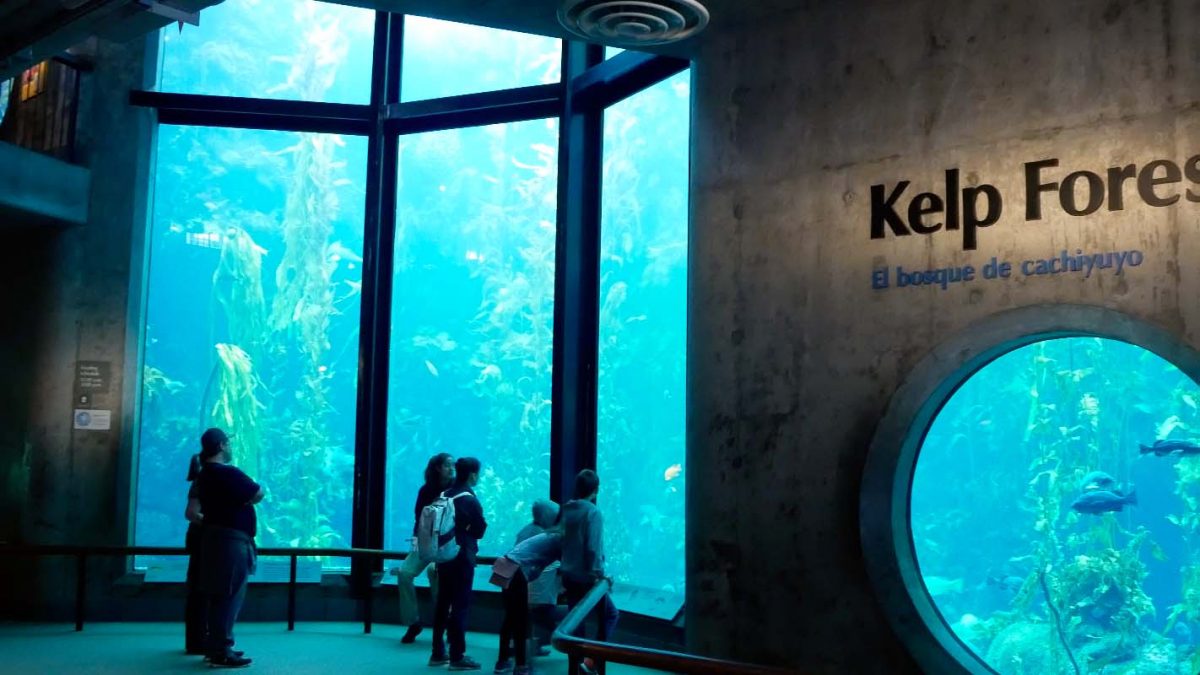
I was extremely fortunate to be given the opportunity to dive with the weekly volunteer dive team during my time at Monterey Bay Aquarium. This team is made up of a range of different individuals, with completely different backgrounds but they all share a common interest of diving and a love for the aquarium. Their roles vary, with some of the team cleaning the exhibits, to collecting algal samples, surveying the fish health and a whole lot more. I was lucky enough to be diving in the kelp forest exhibit with long-time volunteer Annie, who has been a volunteer diver at the aquarium for over 30 years and knew the exhibit like the back of her hand!
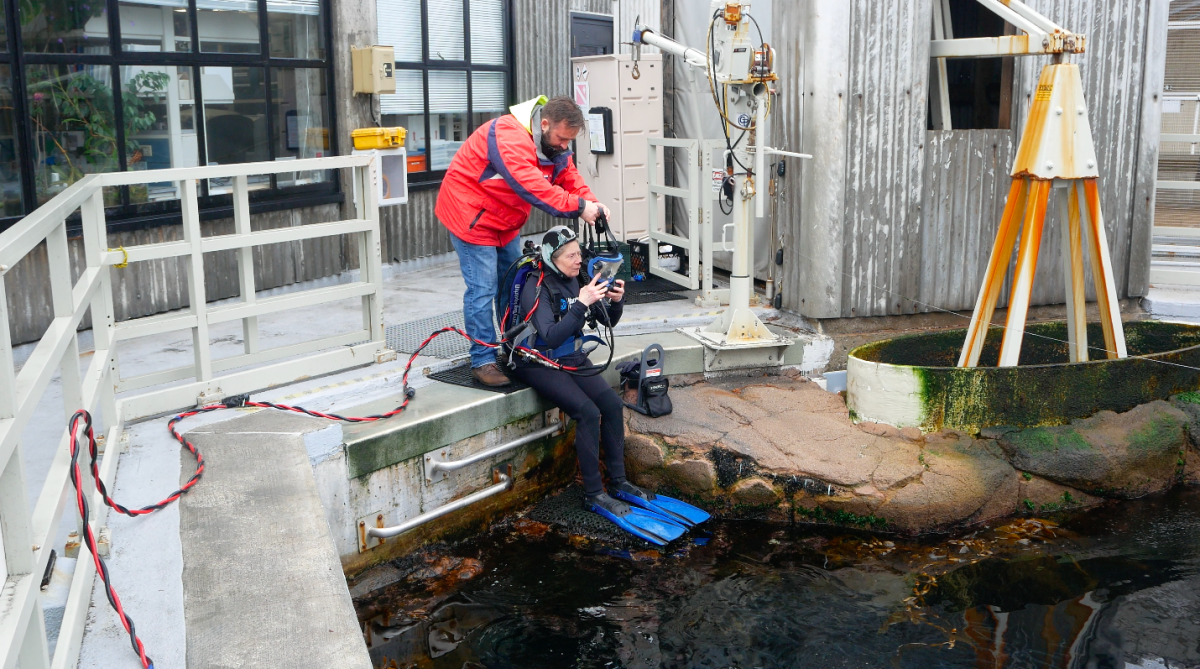
As well as the routine cleaning of the exhibits, some of the divers such as Annie, also conduct the fish feeding shows. These are held twice a day and allow the public to have an interactive session with the diver, who wears a full-face mask and can talk to the public as she/he is undertaking the fish feeding process. There is also a host providing commentary on kelp forests as well as choosing members of the audience to ask questions. This is an incredible way for the general public to experience kelp forests as well as ask questions that spring to mind in real-time, allowing a more interactive understanding of what it is they have come to see, and what lies beneath the surface out the front of the aquarium building.
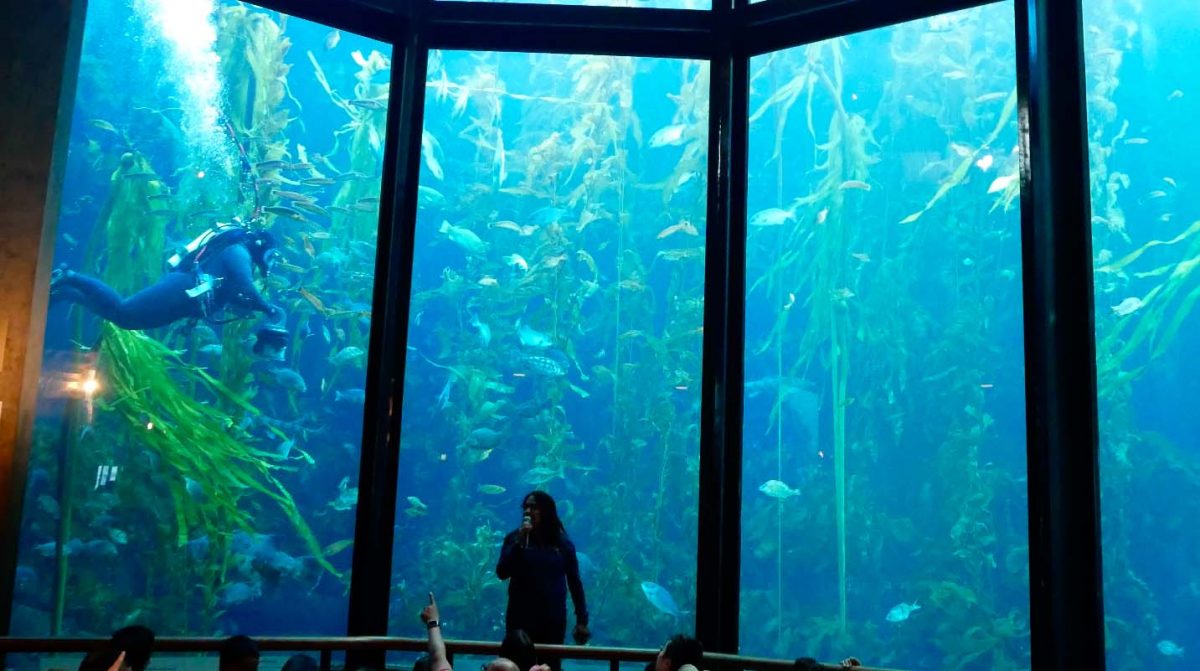
I was ecstatic that I was getting the opportunity to dive into the aquarium and learn about what the volunteer divers do, particularly during the opening hours. It was amazing to see the look on the people’s faces, from children to adults on the other side of the glass, and how excited they were about seeing divers in the exhibit, as well as all the wildlife swimming past us.

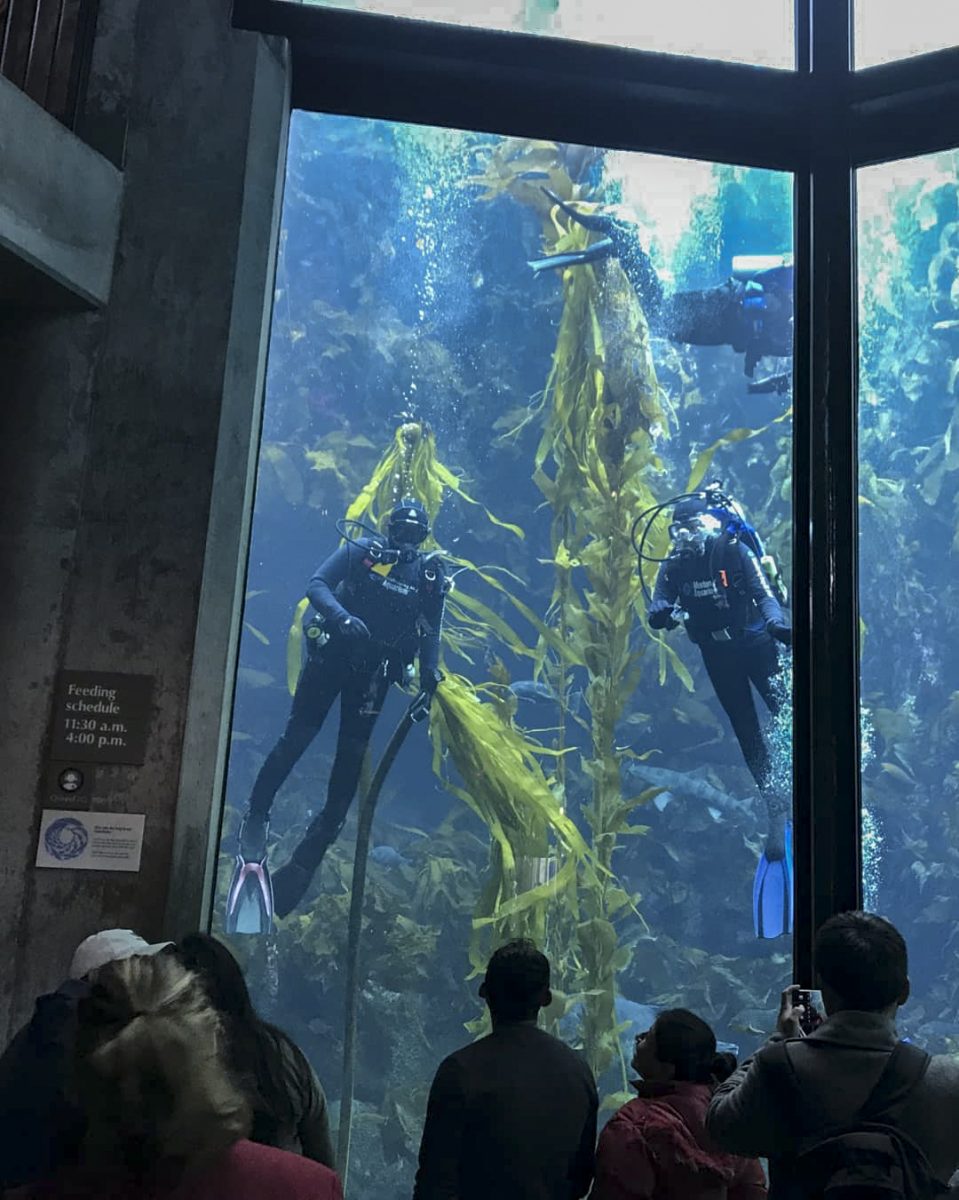
Monterey Bay Aquarium also have numerous other exhibits, including their Open Seas exhibit which incredibly holds 1.2 million gallons (or 4, 500, 000 Litres) of seawater! This exhibit displays everything from Hammerhead Sharks, Sunfish, Yellowfin Tuna, Turtles and more.
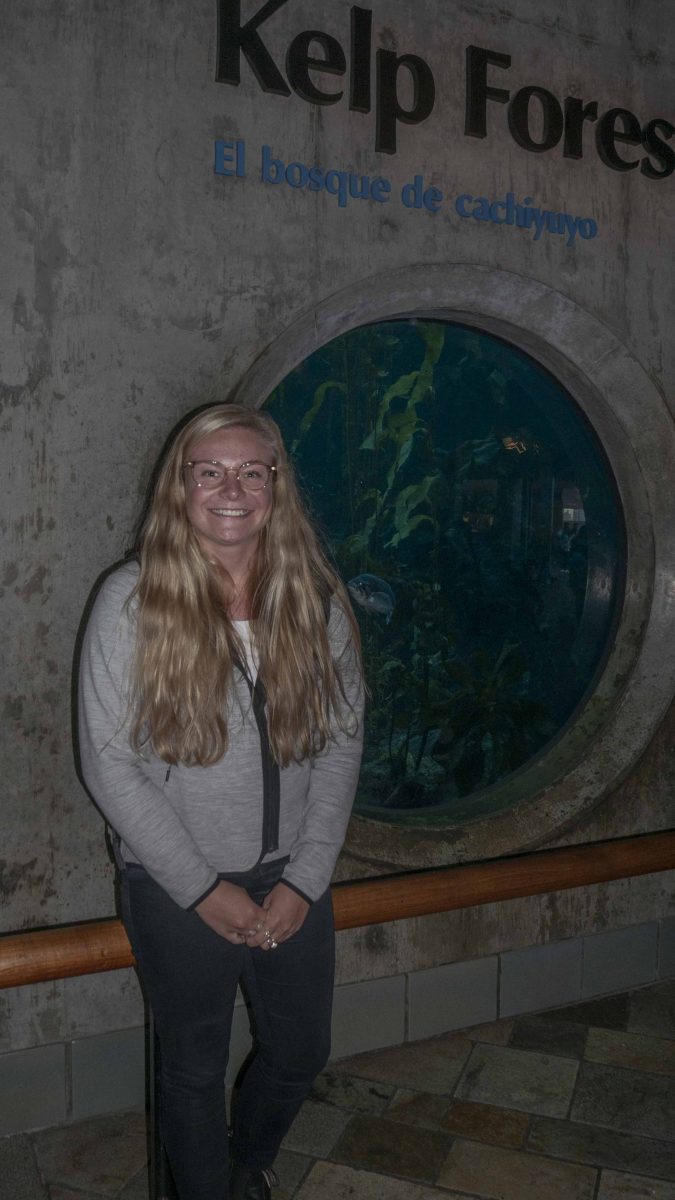
The aquarium also have an amazing rehabilitation program, in particular with their Otters (the Southern Sea Otter) (which I was lucky enough to hand-feed one morning before the aquarium opened to the public!). In an effort to study the threatened species, research is undertaken to understand threats to the populations, treatment and release, raise and release of stranded pups, as well as provide a home to otters who may not be able to be released back into the wild. If an otter pup is found stranded from its mother, the scientists will go out and follow a strict protocol, including waiting a certain period of time to see if the mother comes to find her pup, before they will bring the pup into the aquarium. The pup may then be raised by one of the surrogate mothers (such as beautiful Abby) before it is strong and healthy enough to be released back into the wild.
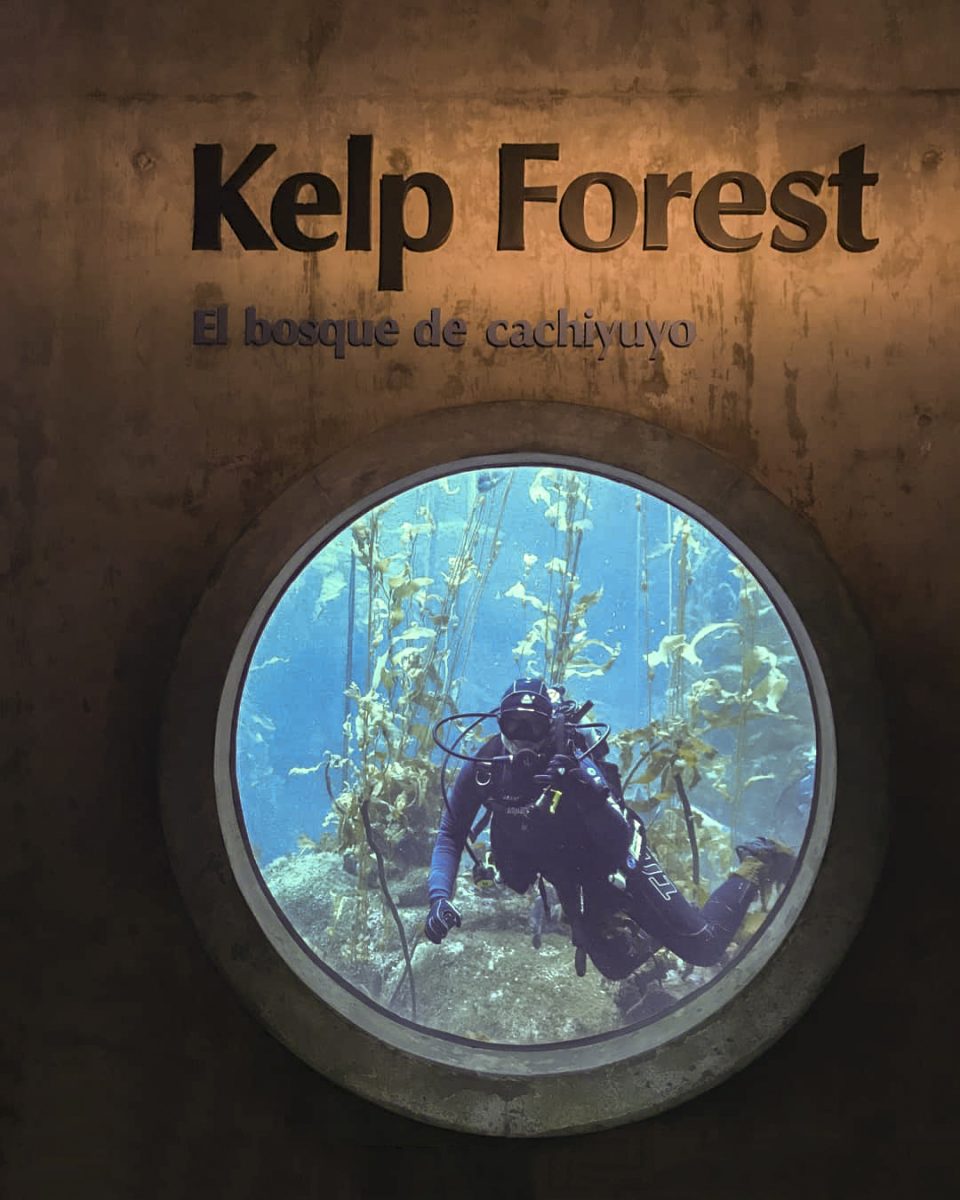
Ocean Plastic Pollution is another important topic that Monterey Bay Aquarium are educating the public about, which can be viewed in multiple ways at the aquarium, including being a 100% plastic free environment. There are dedicated teams invested in research, policy and sustainable fisheries and aquaculture, showing their need to have an understanding of individual areas of ocean research but also the interdisciplinary nature when it comes to our oceans. They provide multiple platforms for the public to gain an understanding of the different paths of their research areas and understand that not everyone learns in the same way. There are live displays, exhibits, lectures, film theatres, photos, live commentary about different displays, plus so much more and staff in every corner of the aquarium that any question will most certainly be able to be answered.
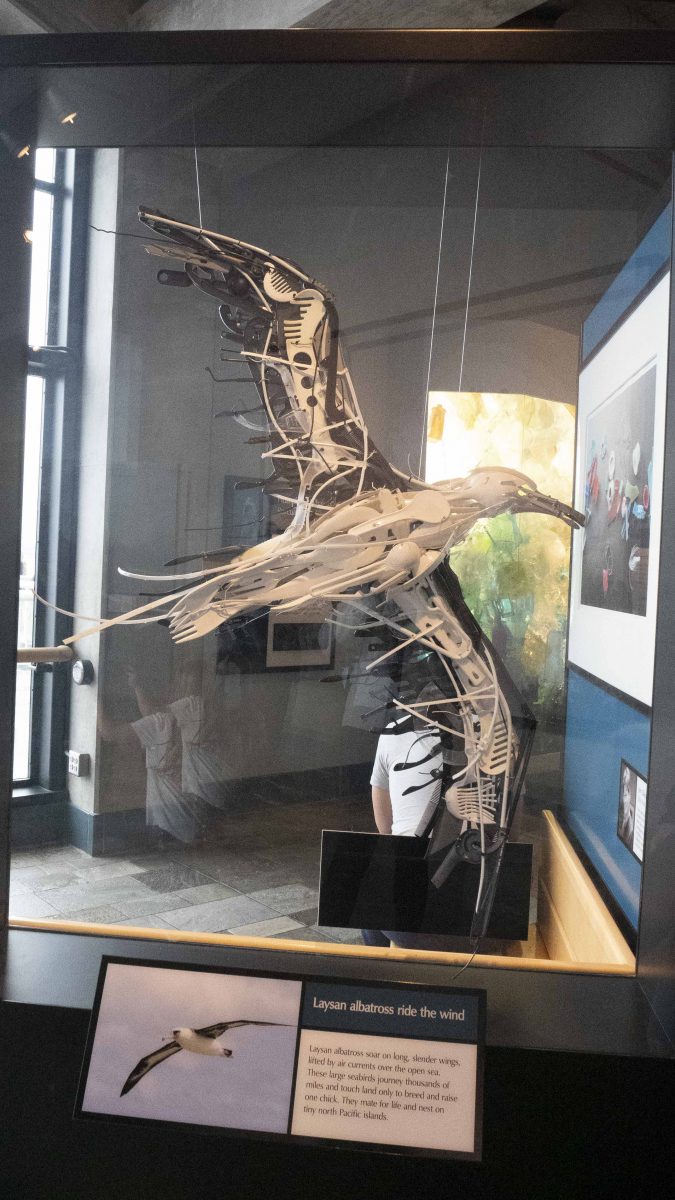
Finally, the Monterey Bay Aquarium lead by example with their Seafood Watch Program which was established in 1999. This brilliant program provides consumers and businesses with the opportunity to choose seafood that’s fished or farmed in ways that support a healthy ocean, now and for future generations. An app has been developed as well as pocket-sized consumer guides which depending on the region you are living and consuming seafood in, allowing some guidance as to what is the most sustainable choice and helping to others to make more informed and educated decisions.
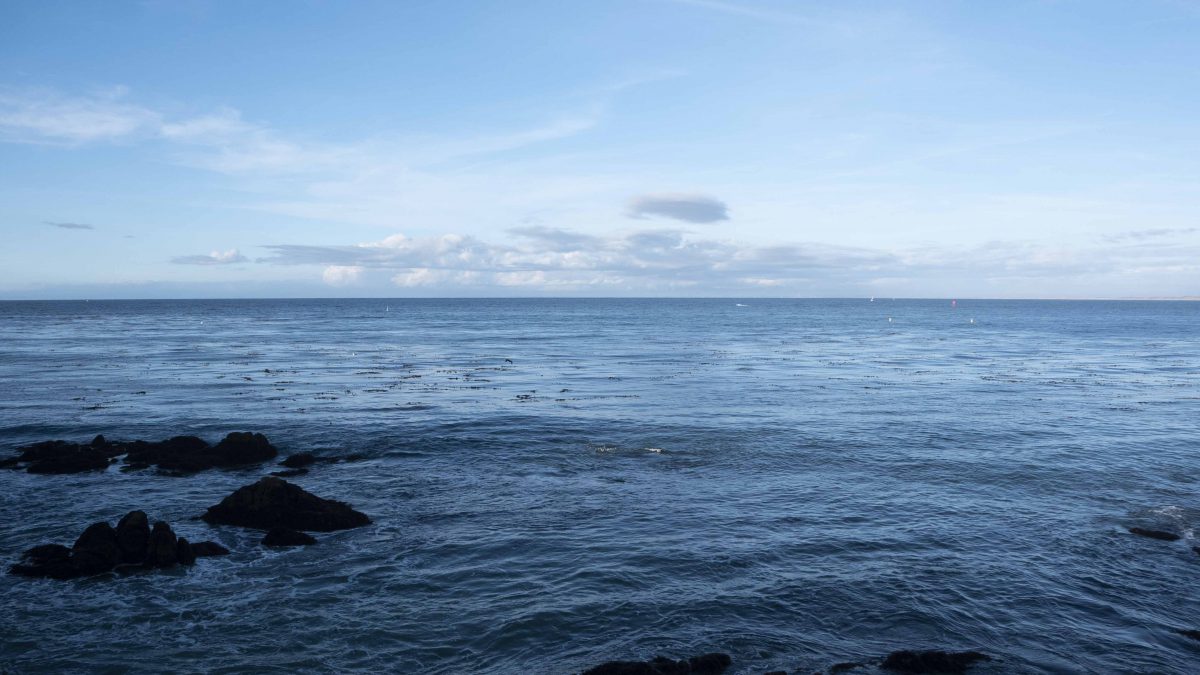
I was so lucky to make another connection on this particular experience with 2013 OWUSS National Parks Intern Julia Mason, who was extremely generous in hosting me at her house over the Thanksgiving period. Julia had just completed her PhD at Hopkins Marine Station, Standford University in the days before I visited, so it was amazing to hear about the career path of a past intern.
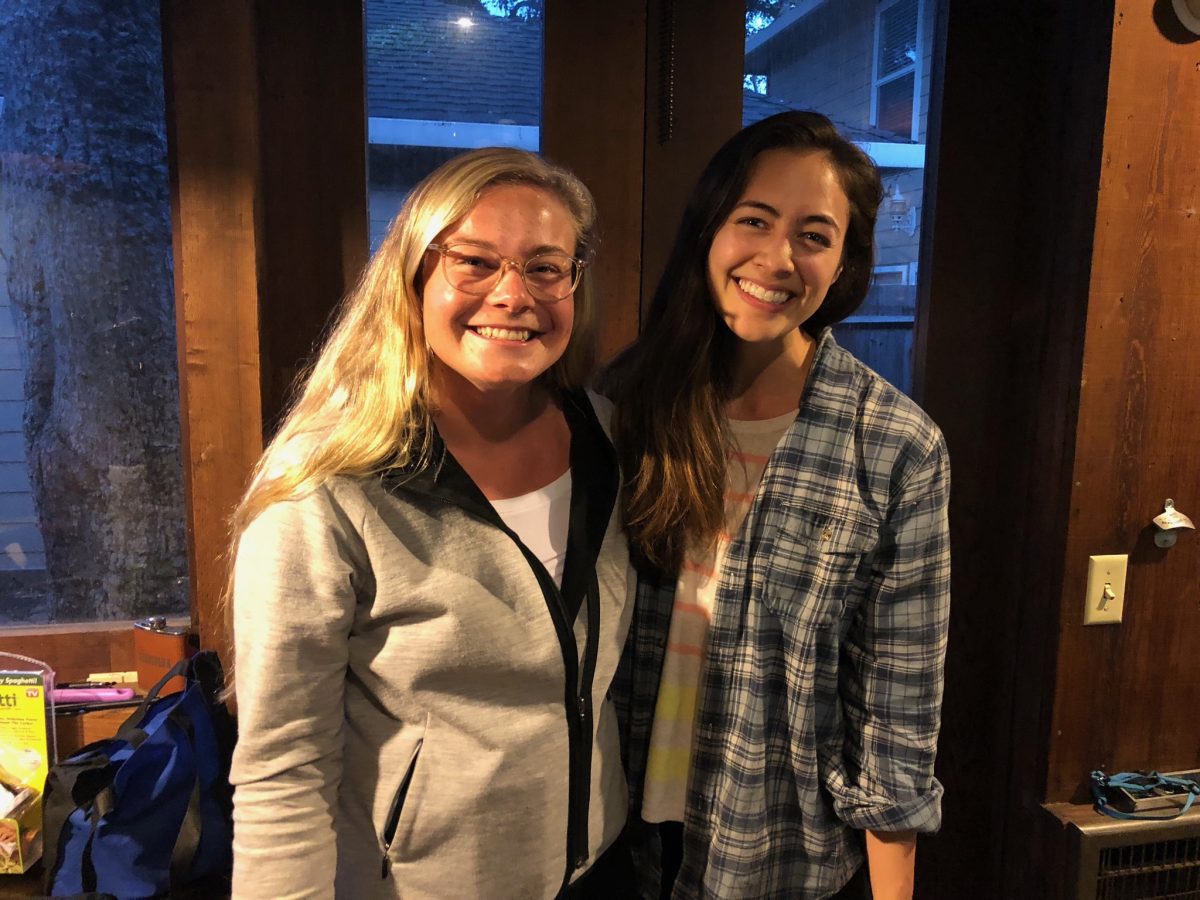
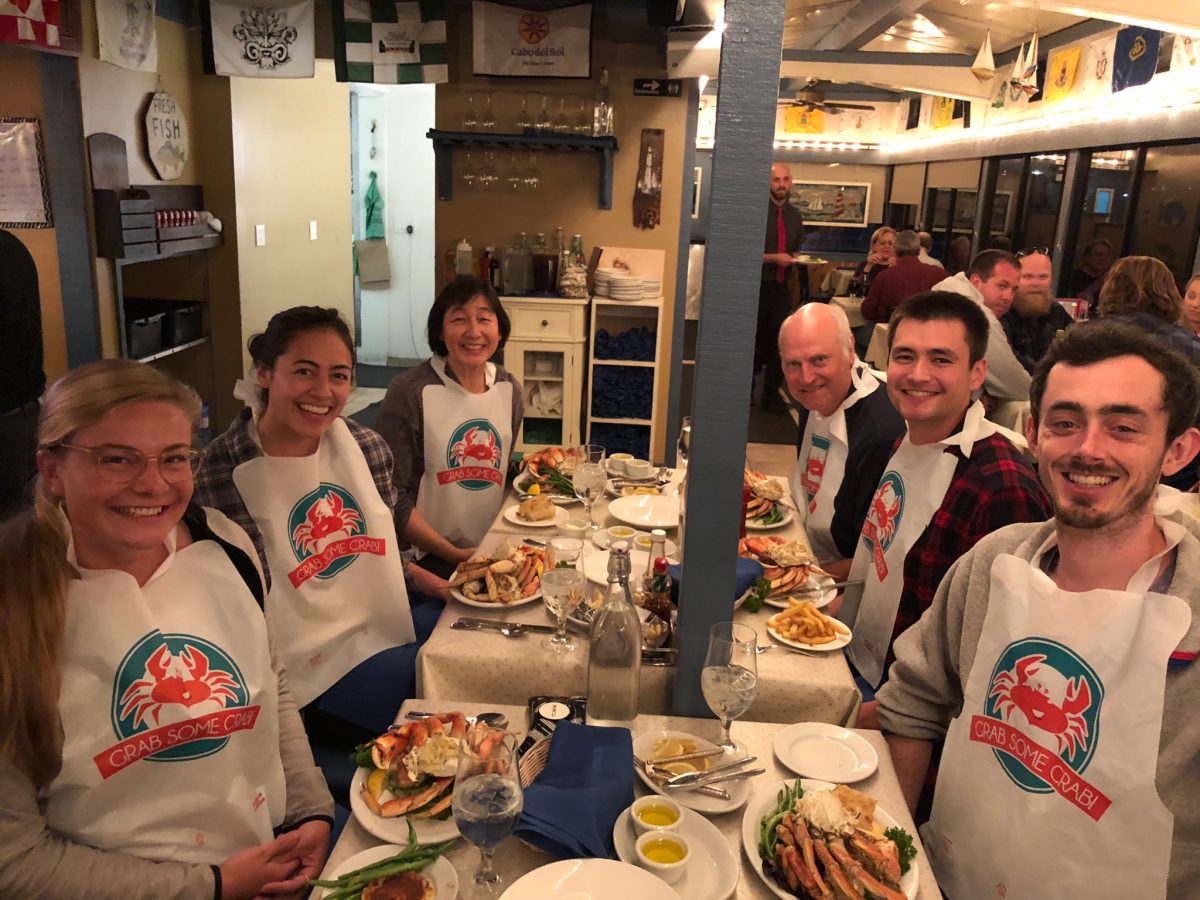
I also managed to make a quick stop before flying out of San Fransisco to Oregon, seeing the famous Golden Gate bridge at sunset.
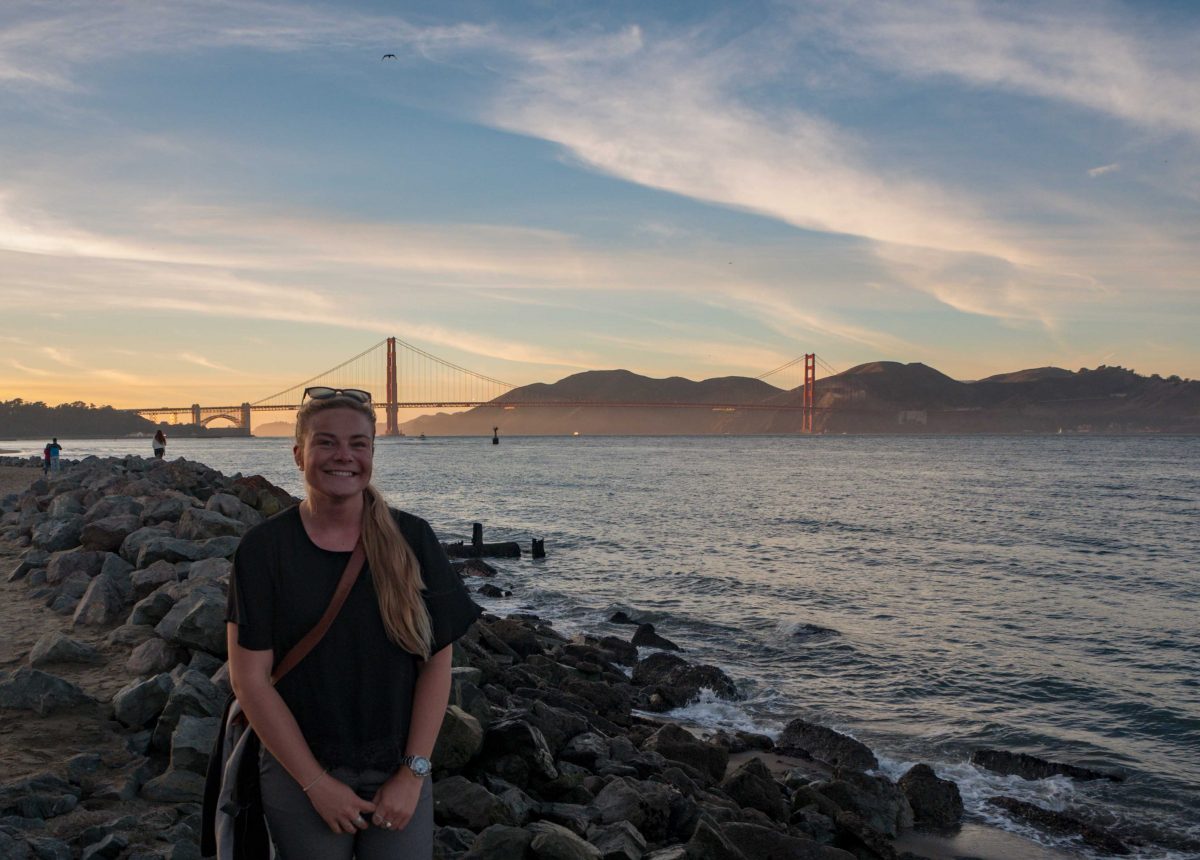
I can’t thank Julia, James, Scott, Annie and the rest of the volunteer dive team for having me at Monterey Bay Aquarium, and for giving me not only the opportunity to dive in the Kelp Forest exhibit, but also learn so much more about the operations of aquariums, which I really knew little about, and the critical scientific messages they can provide to the general public about ocean conservation and the future, particularly under the changing climate conditions.
Oregon Coast Aquarium
My aquarium experience was further extended when the wonderful Jenna Walker, the OWUSS Internship Coordinator invited me to visit and dive with her in Newport, at the Oregon Coast Aquarium.
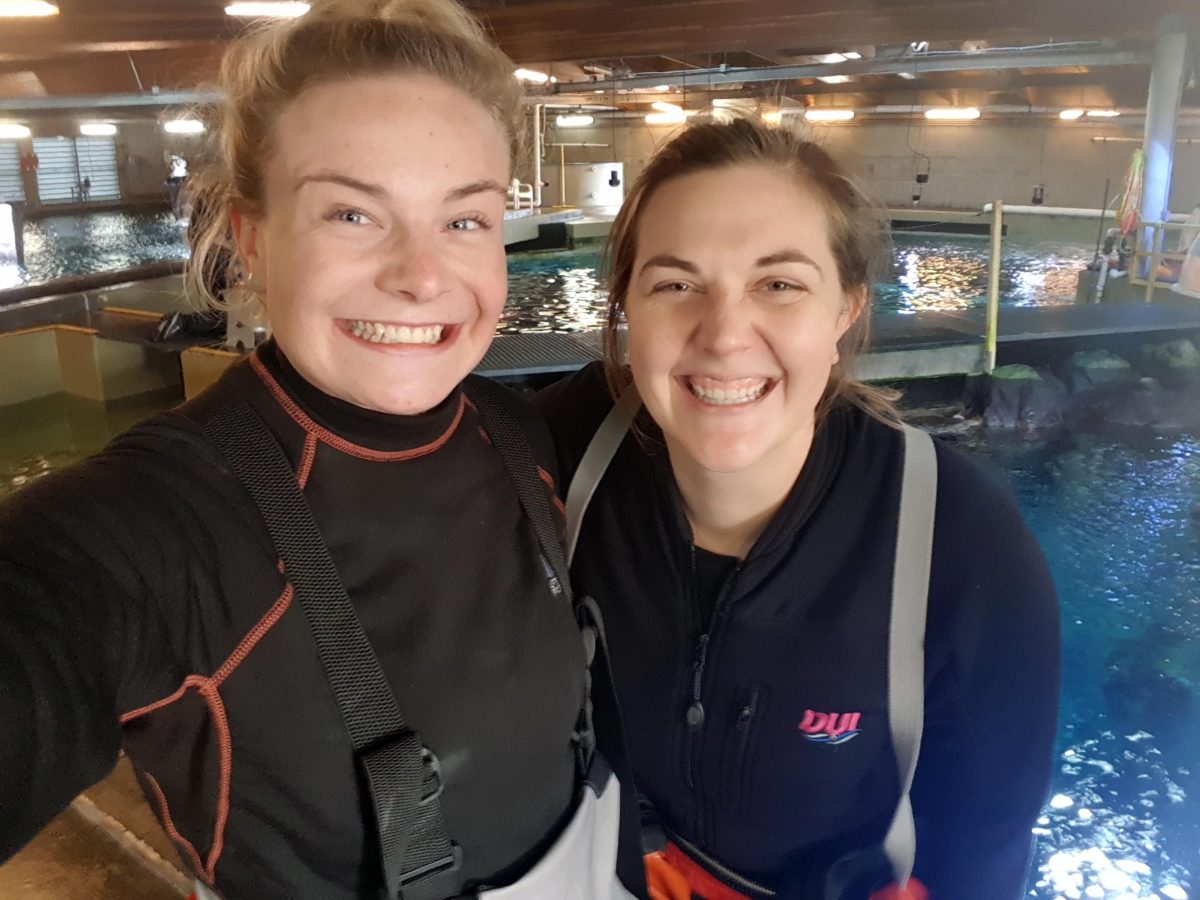
Jenna is the Diving Safety Officer at the Oregon Coast Aquarium, so I got a taste into her role at the aquarium and what it means to lead a dive team in a workplace setting such as this.
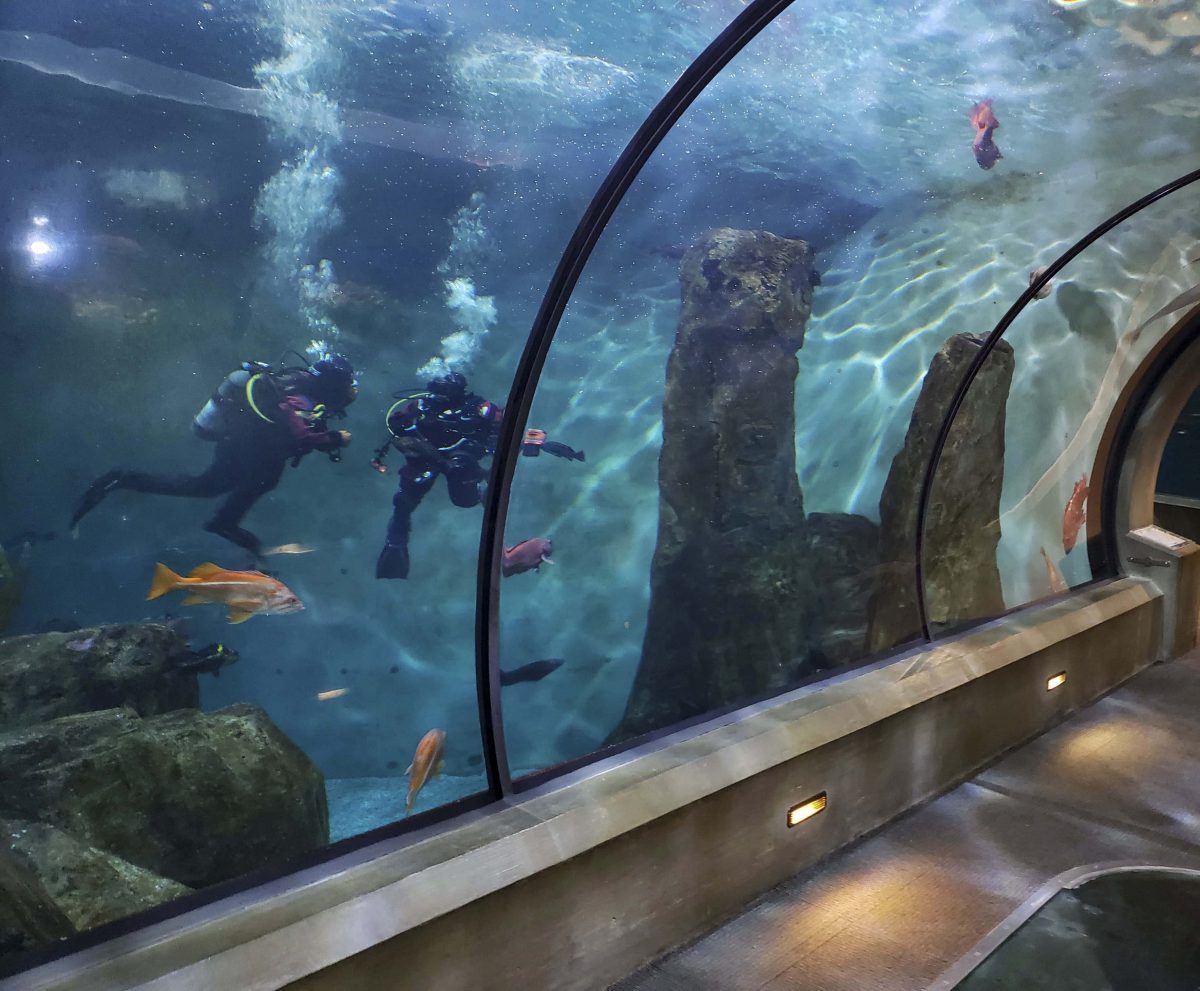
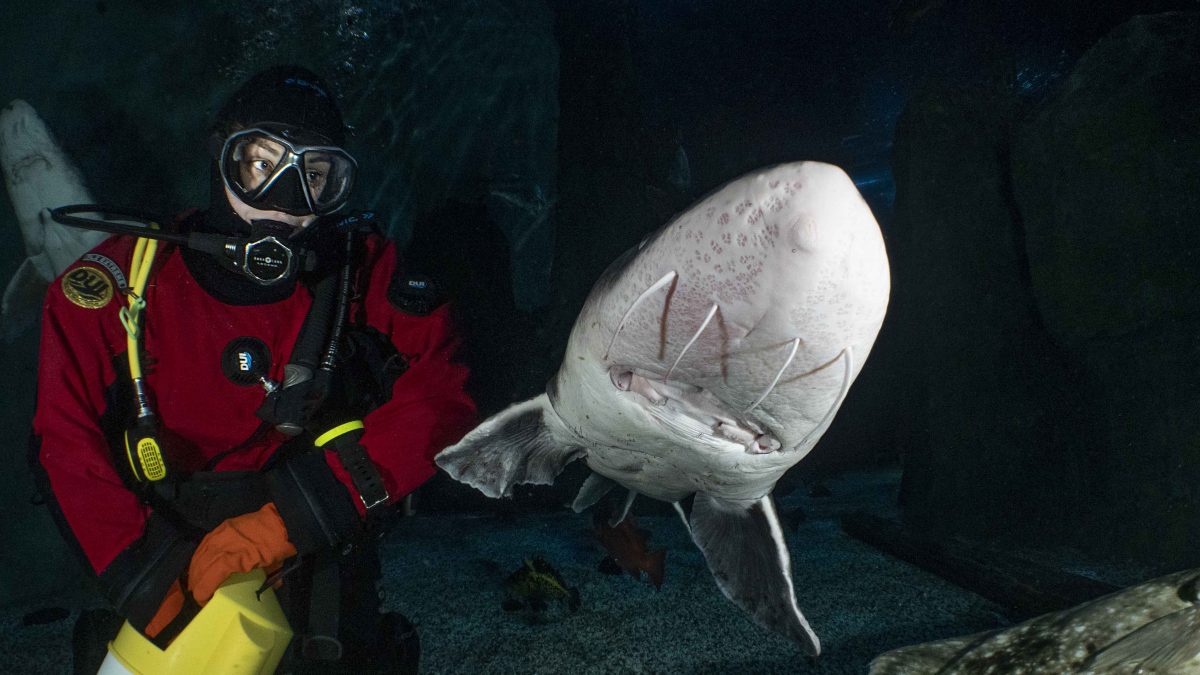
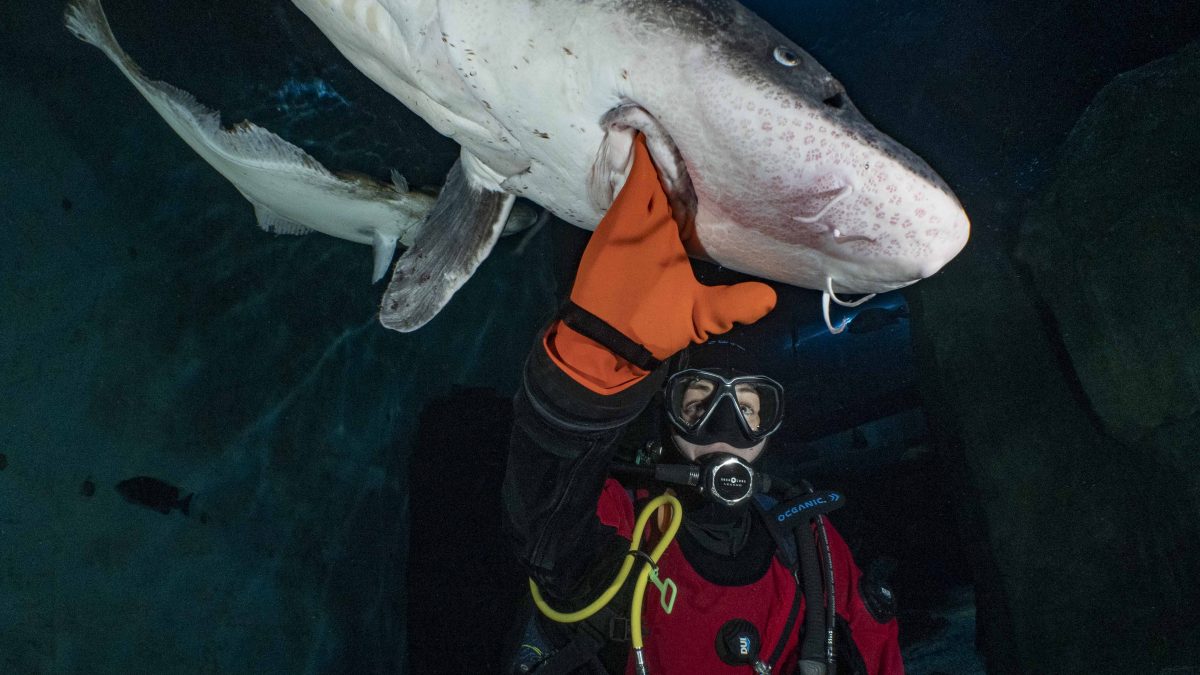
Similarly, Oregon Coast Aquarium provide a brilliant array of interactive and educational opportunities for the general public to learn about the underwater world, in particular their local environments.
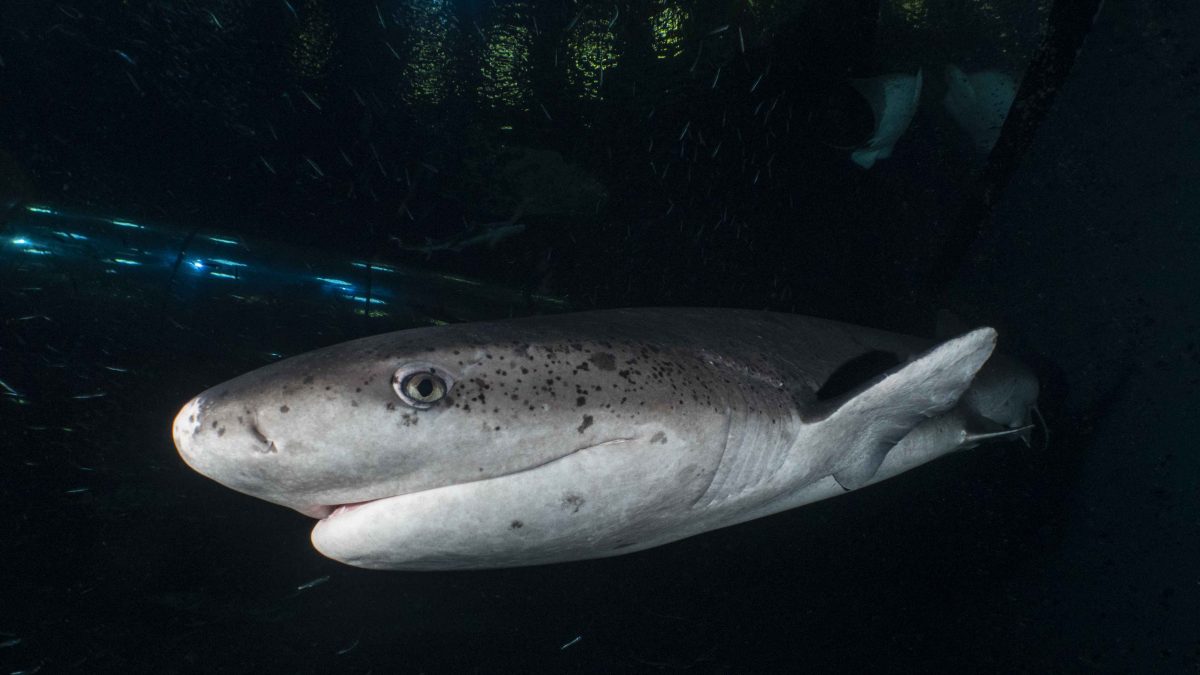
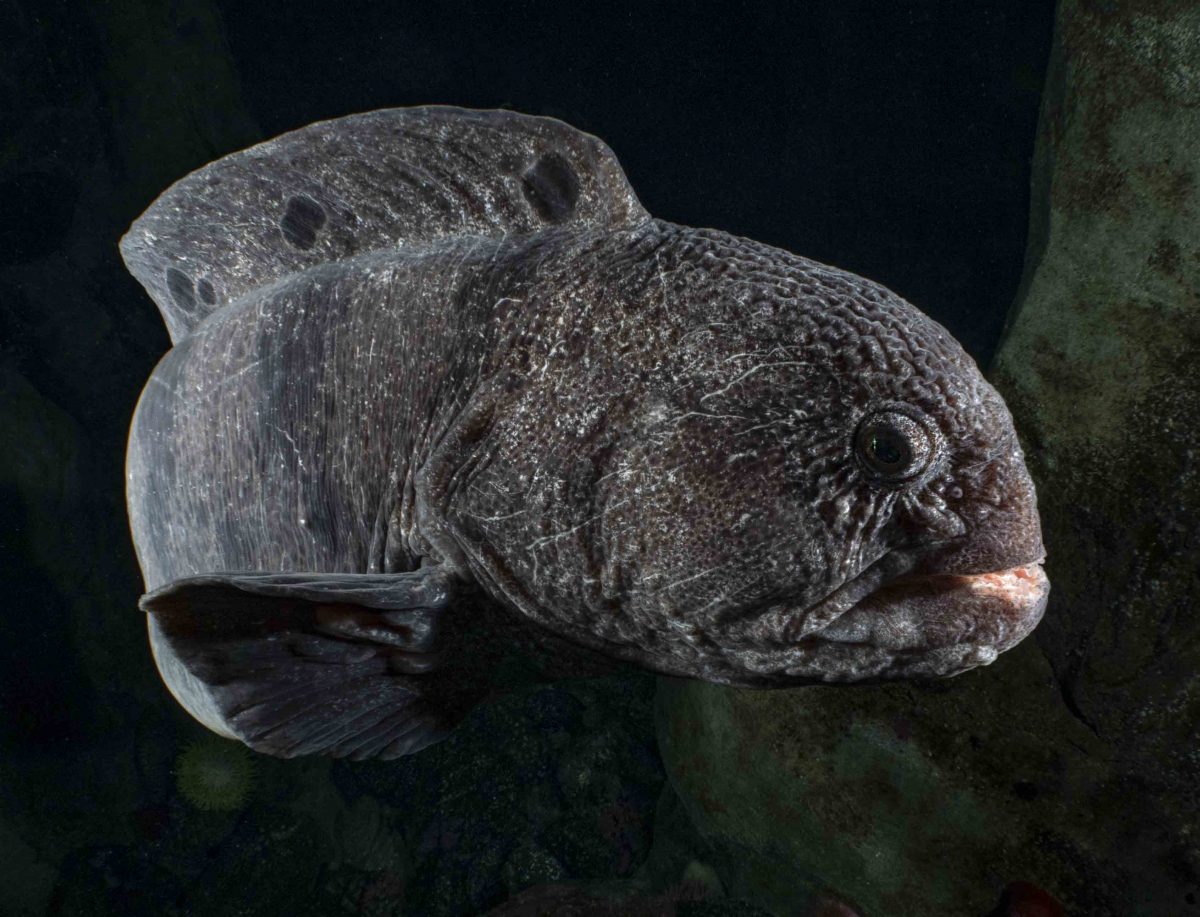
The aquarium also undertake a vast amount of research on the variety of animals they have in their many exhibits.
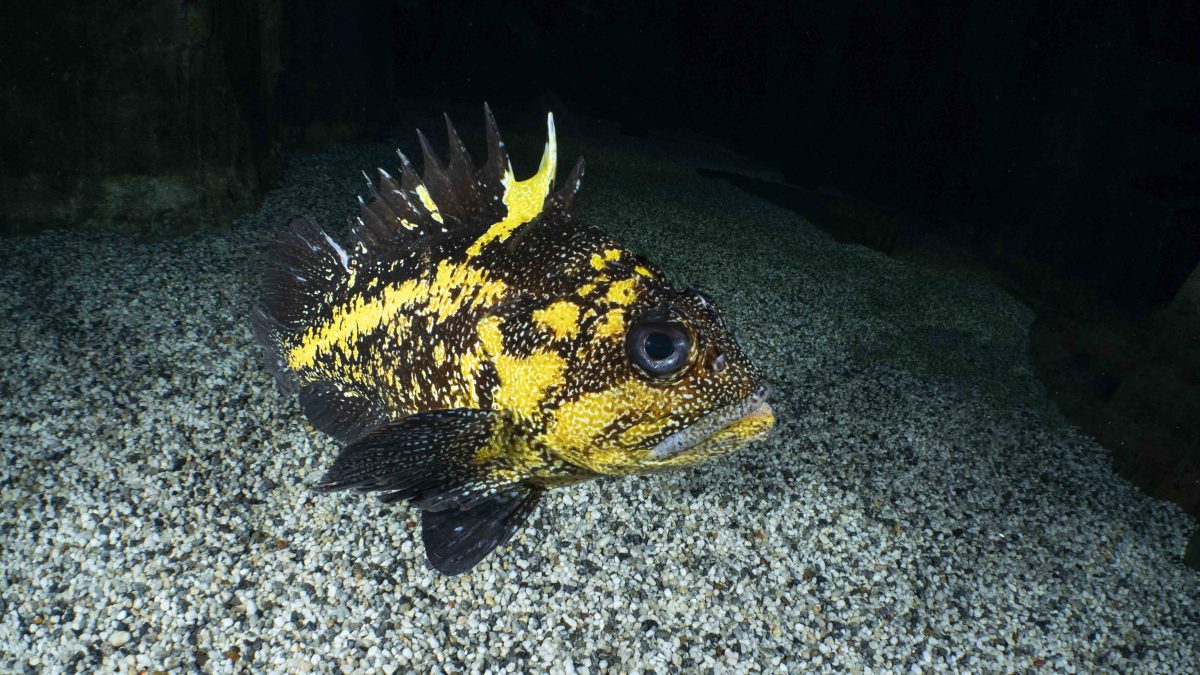
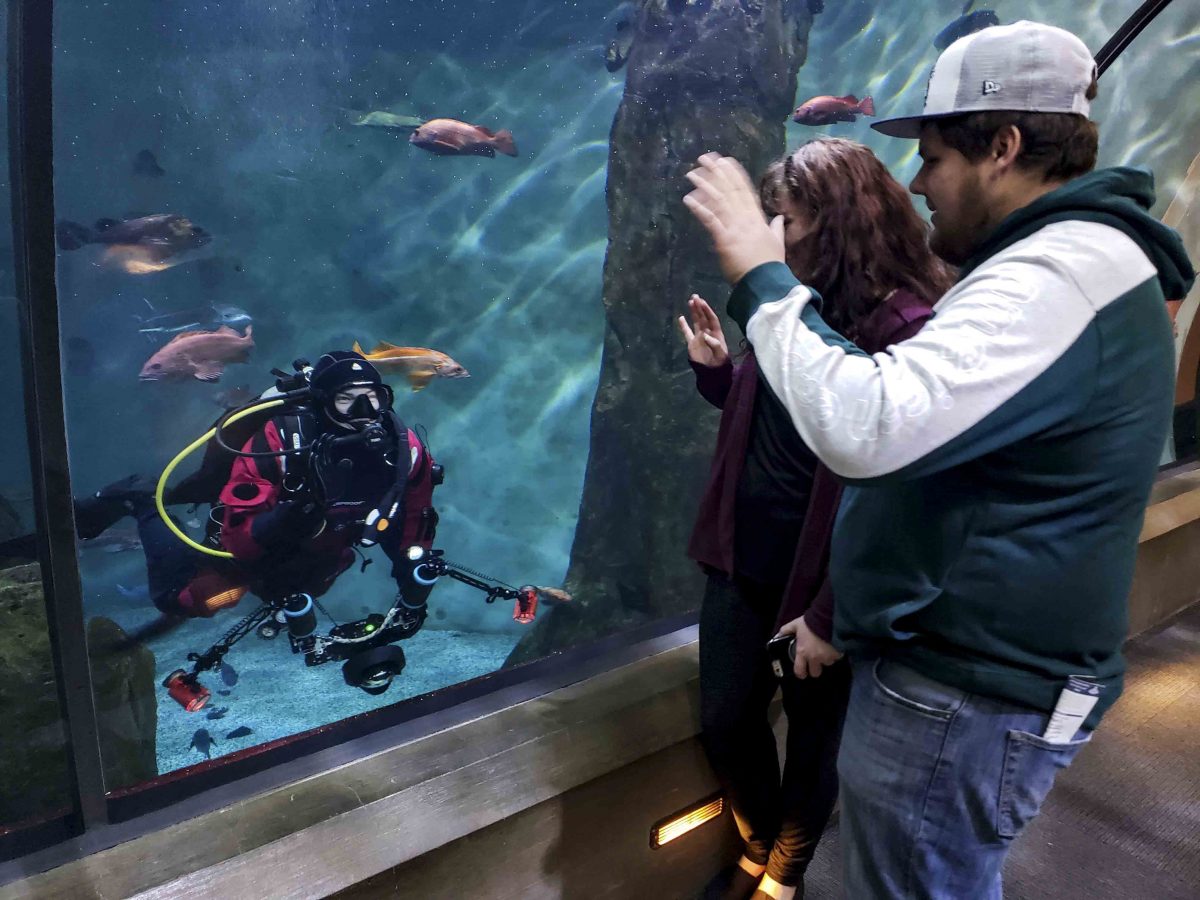
Jenna’s diving teams undertake a variety of diving work both inside the aquarium, but also many scientific and surveys on the aquariums vessel in the local reefs around Newport.
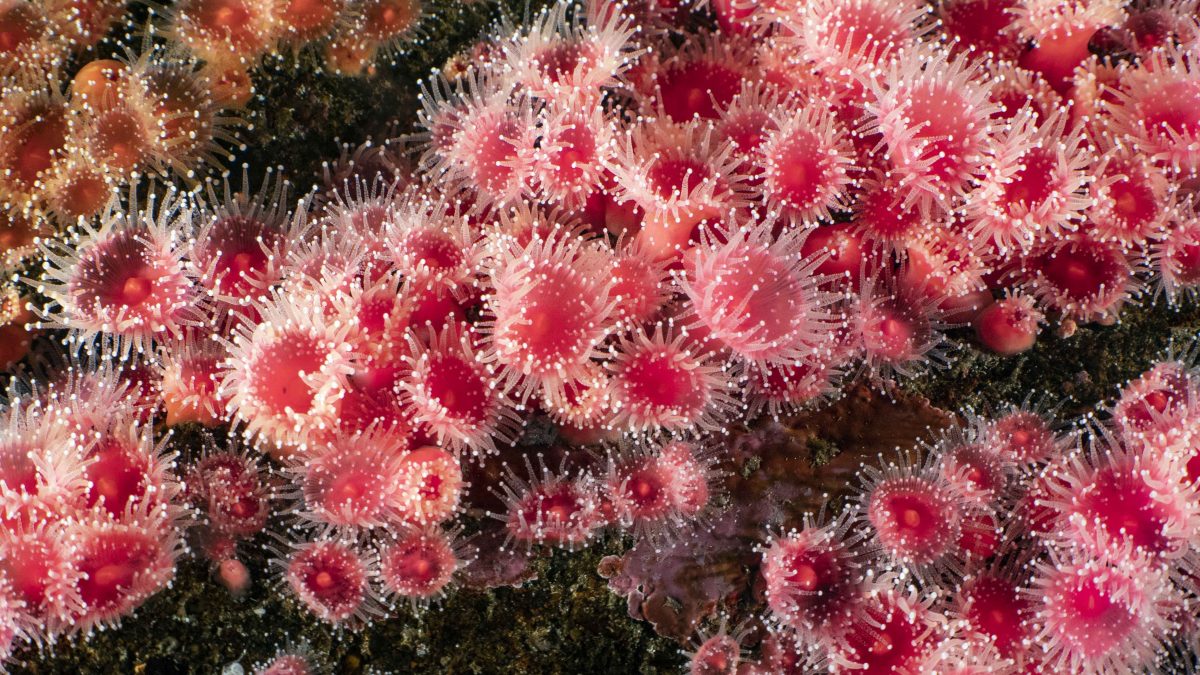
I was extremely fortunate to dive in three different exhibits whilst with Jenna, including the Open Seas, Orford Reef and Halibut Flats exhibits. This gave me the opportunity to dive with an array of local native animals, including Wolfeels, Seven-gilled Sharks, Bat Rays, Rockfish and even ancient Sturgeon Fish, which can grow up to 3 metres in length!
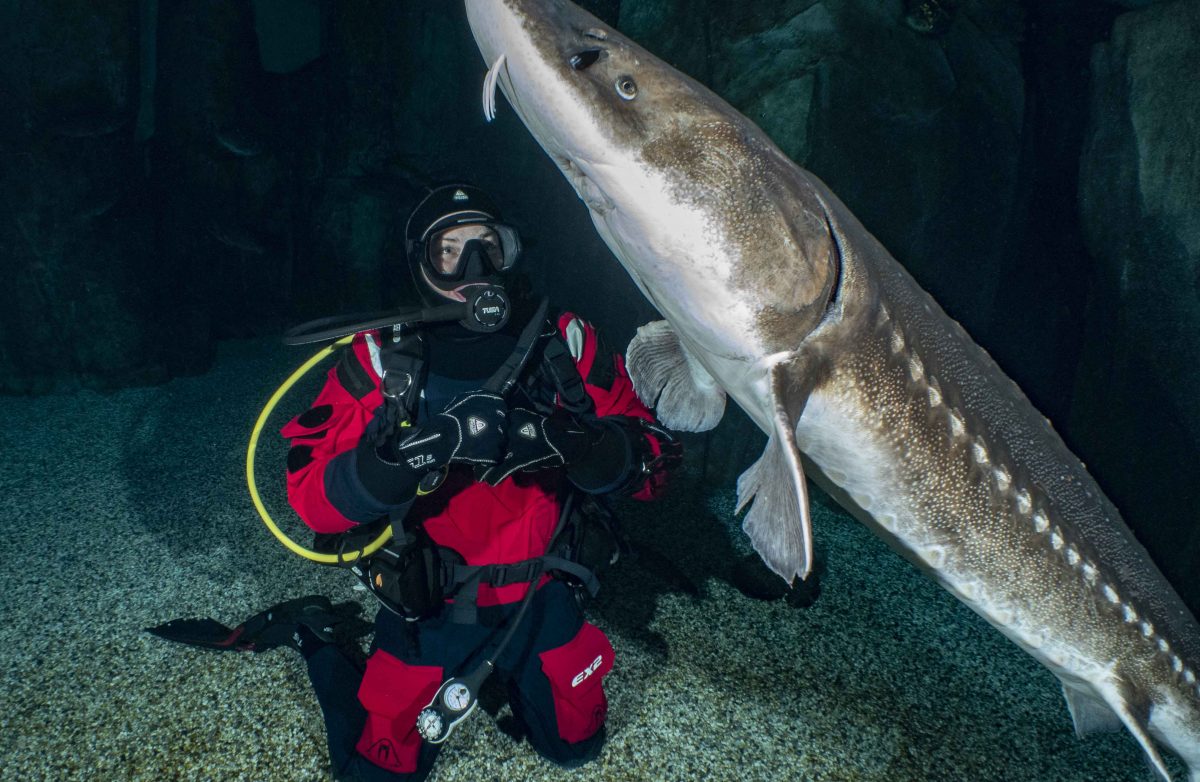
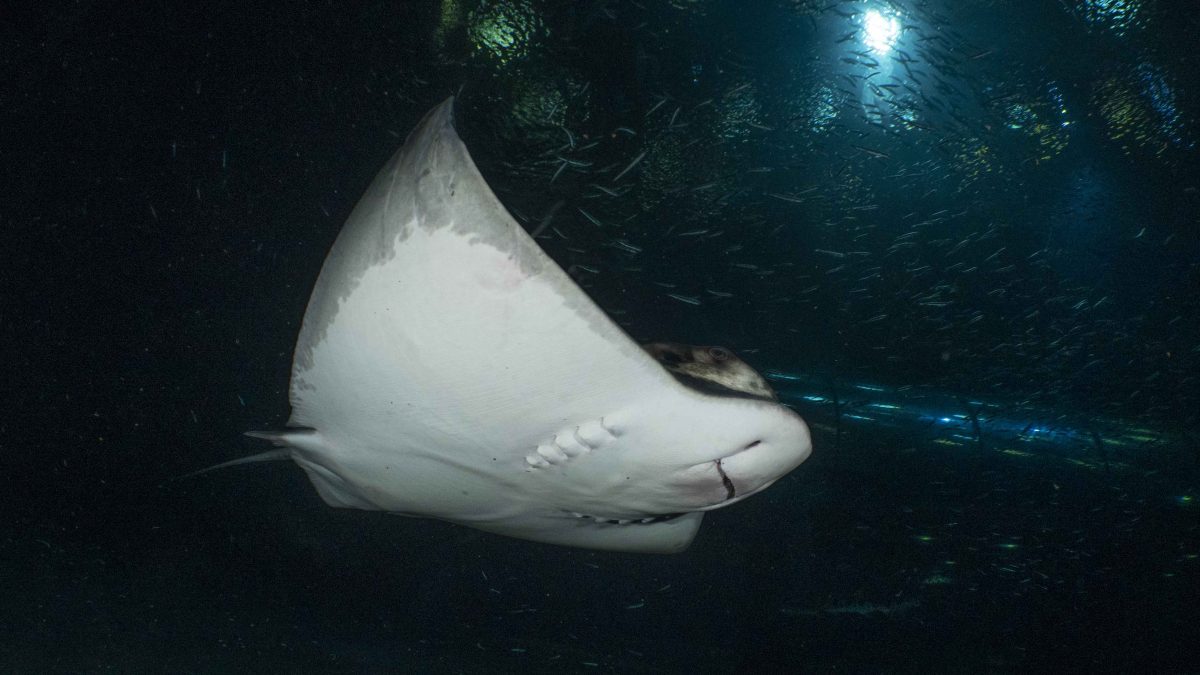
The Oregon Coast Aquarium’s educational outreach program is brilliant in that they ensure they provide memorable experiences and clear educational messages, to inspire many now, but importantly the future generations about ocean conservation and research.
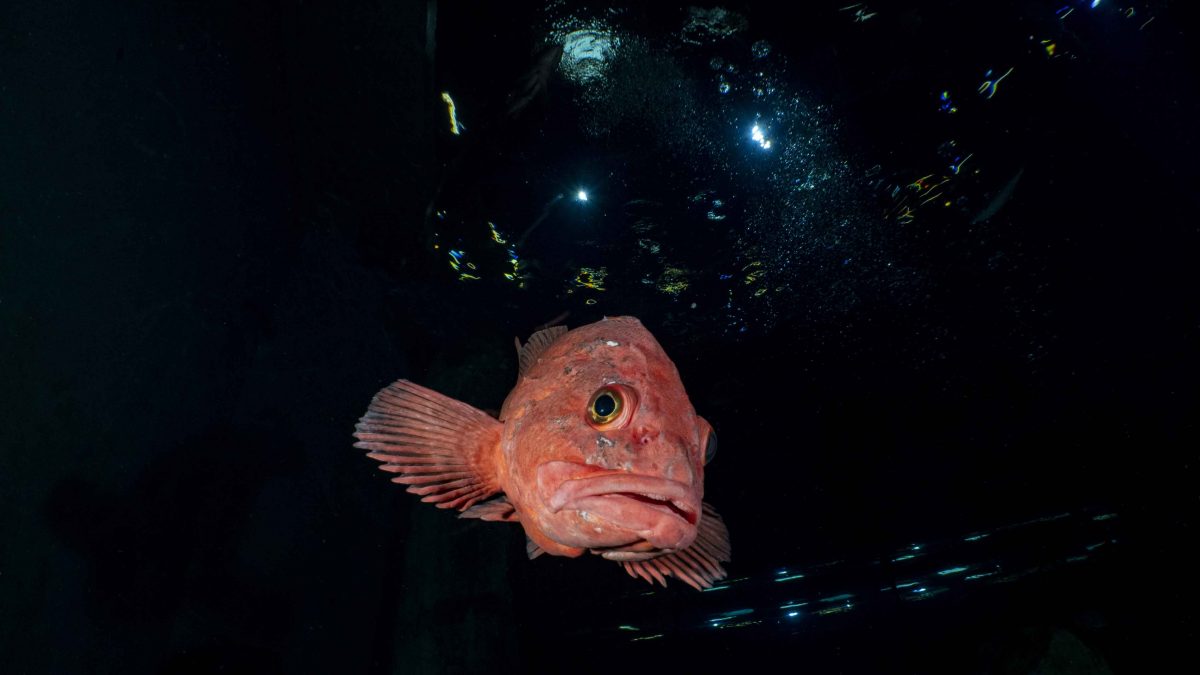
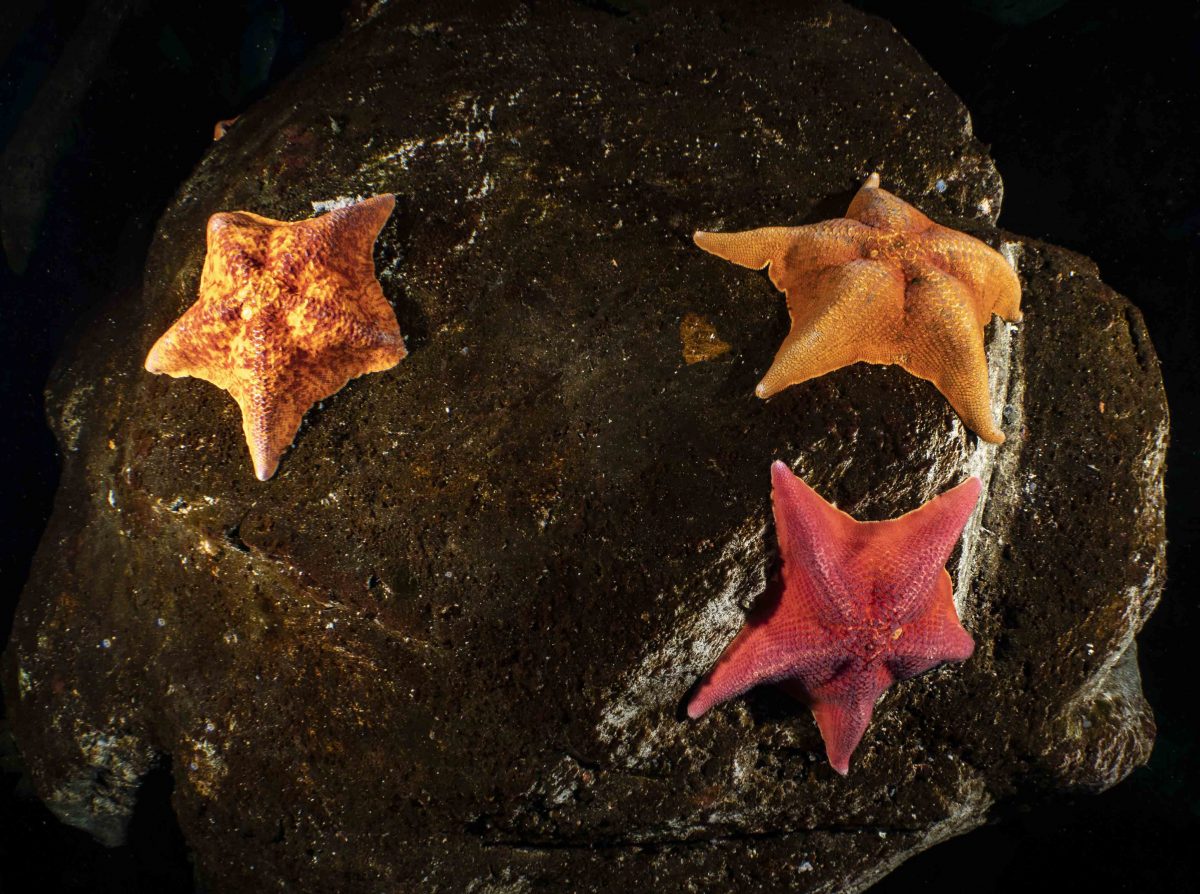
I can’t thank Jenna and the Oregon Coast Aquarium staff enough for having me and allowing me a taste of aquarium life, operations, roles and responsibilities as the Diving Safety Officer.
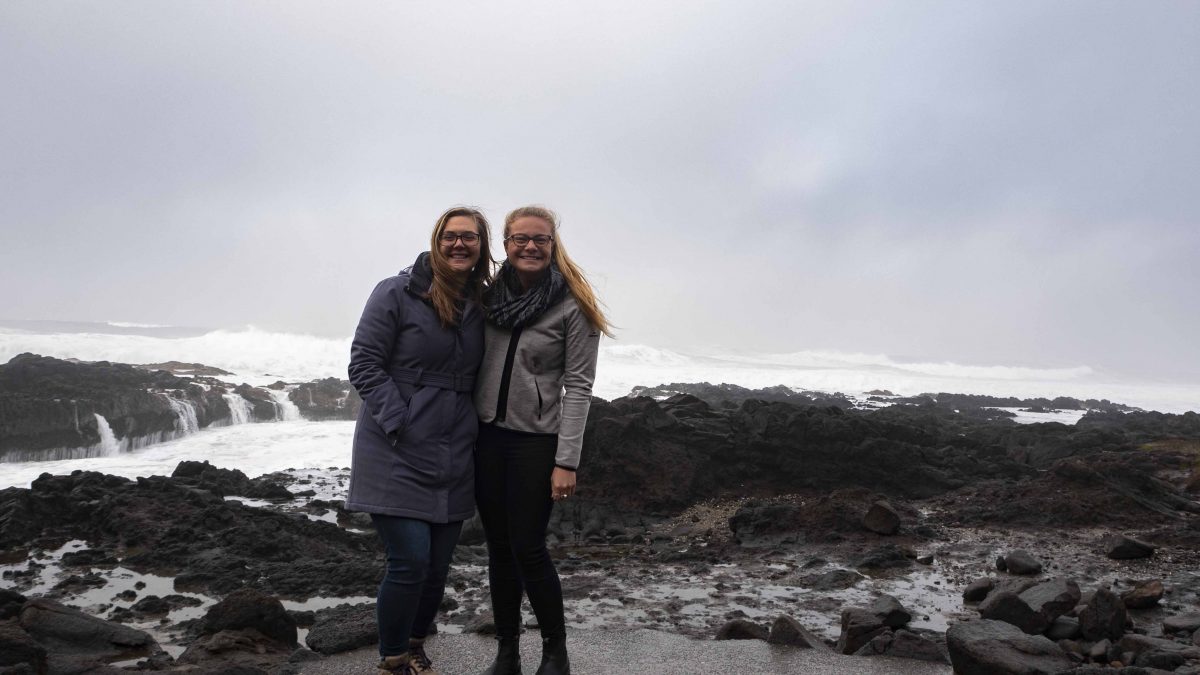
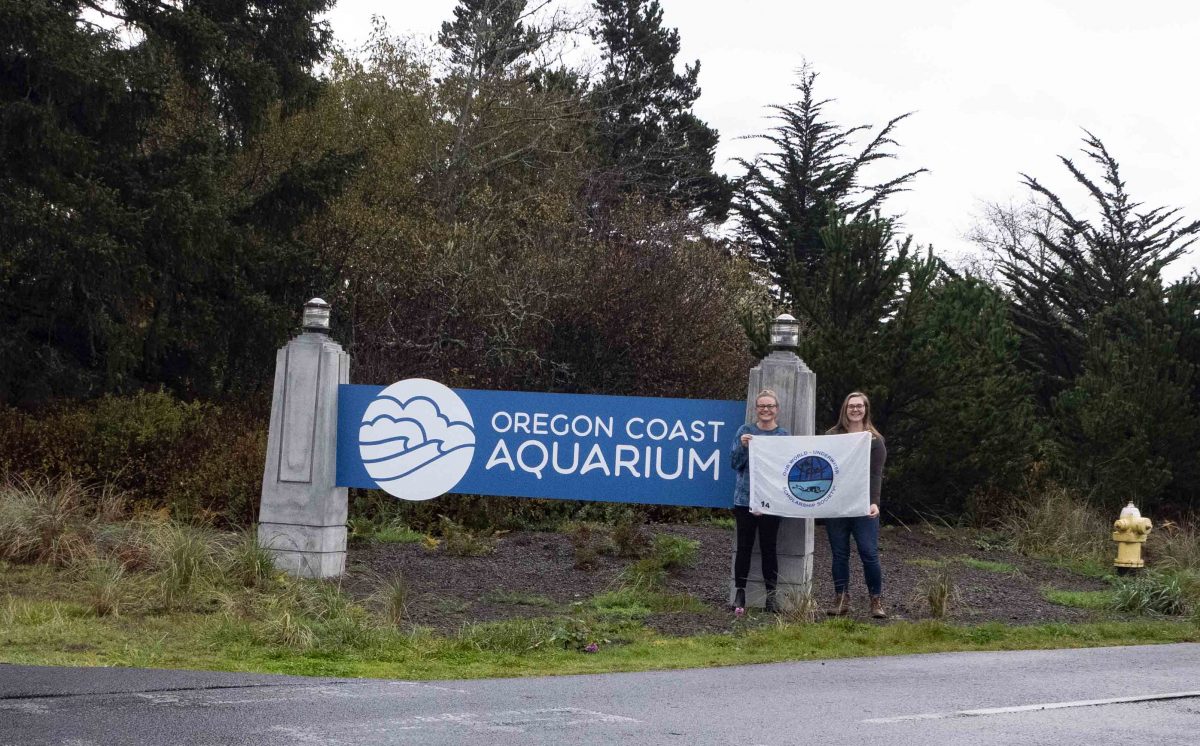
A big thank you to those who continually support my scholarship year: OWUSS, Rolex, TUSA, Waterproof International, DAN, PADI, Mako Eyewear, Reef Photo & Video and Nauticam.